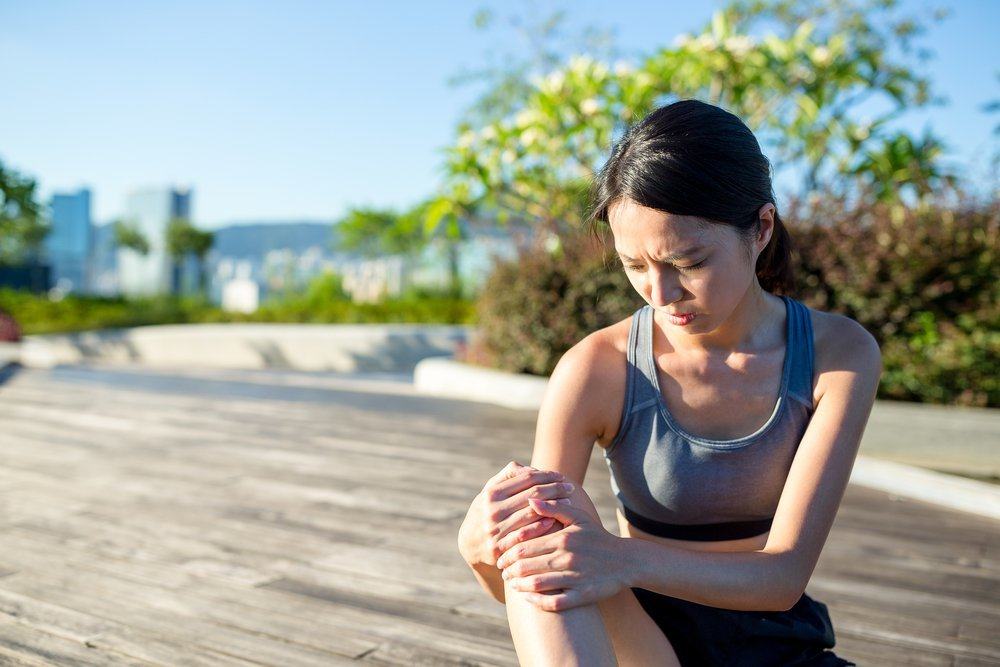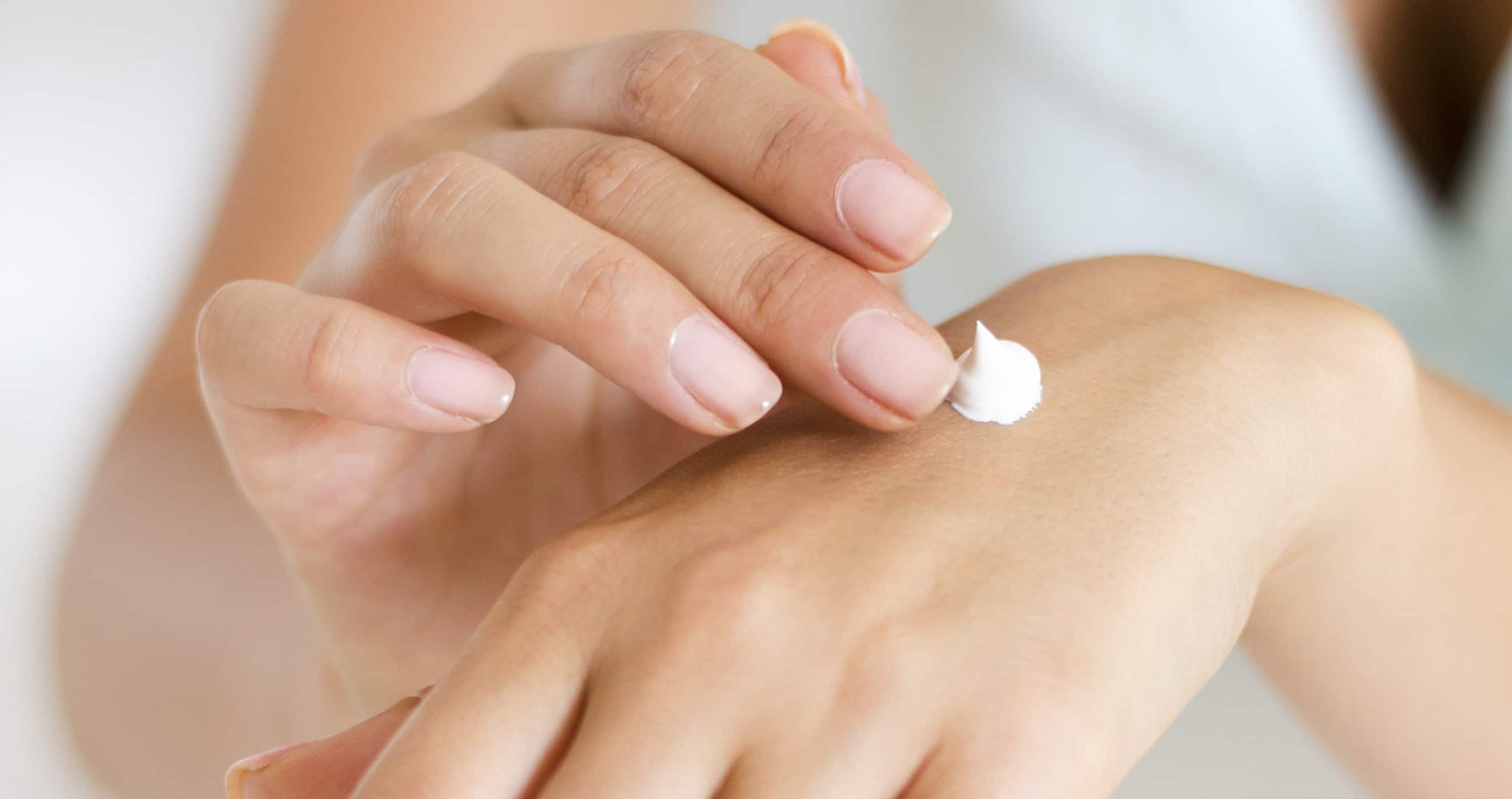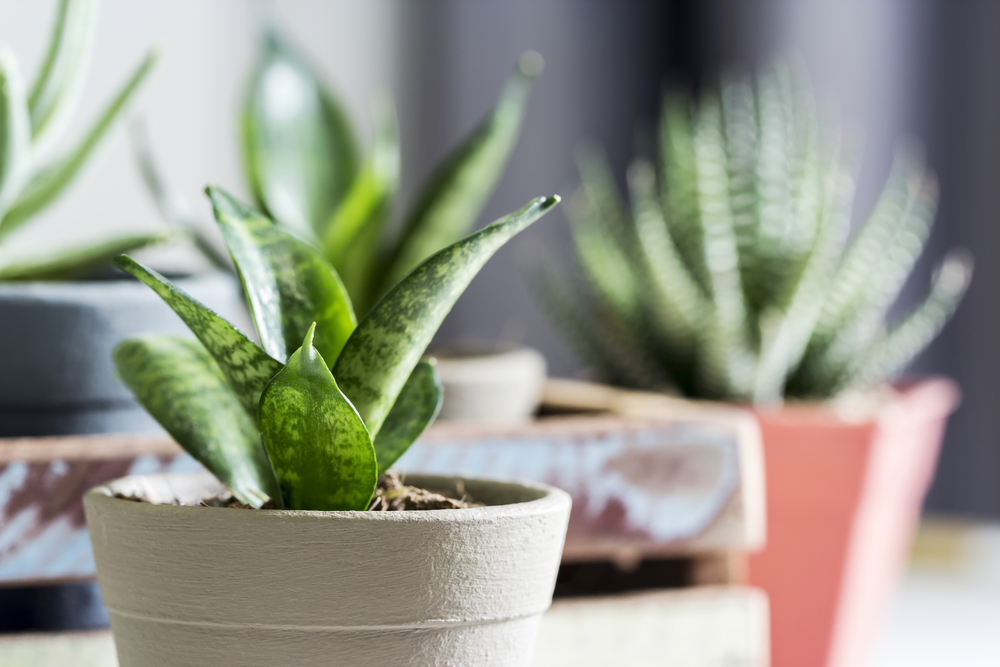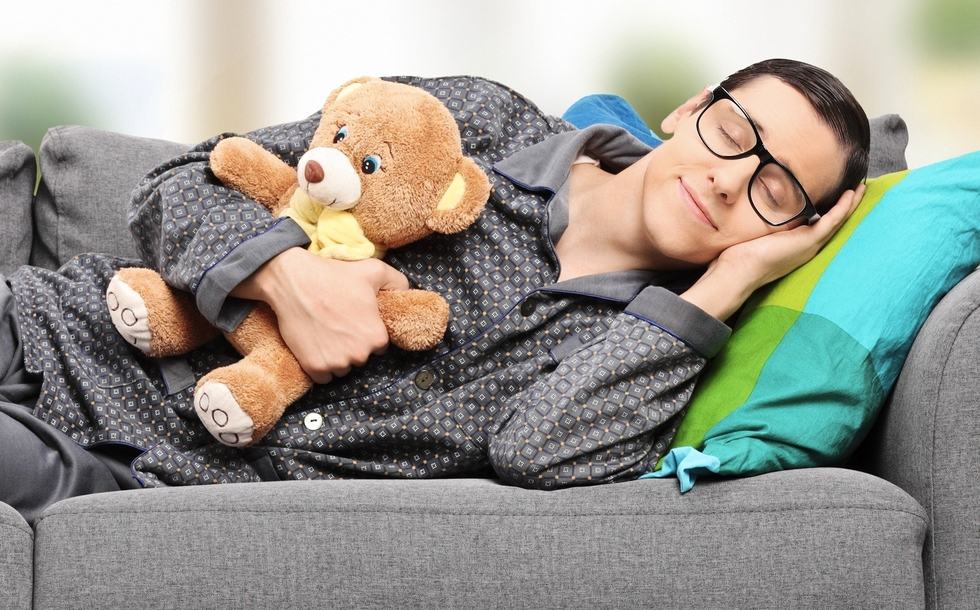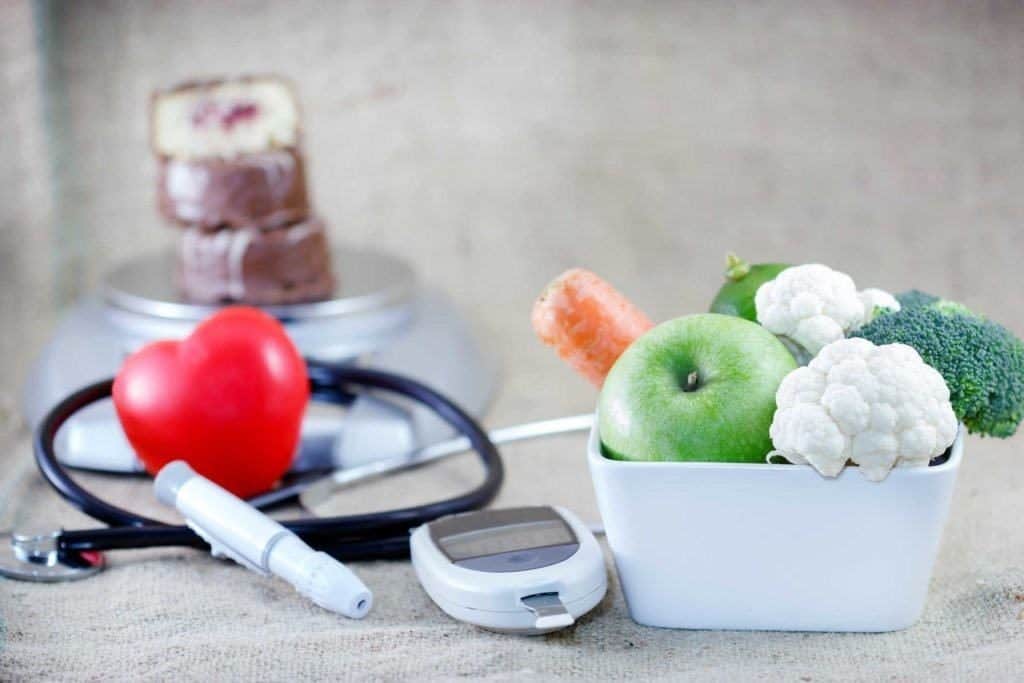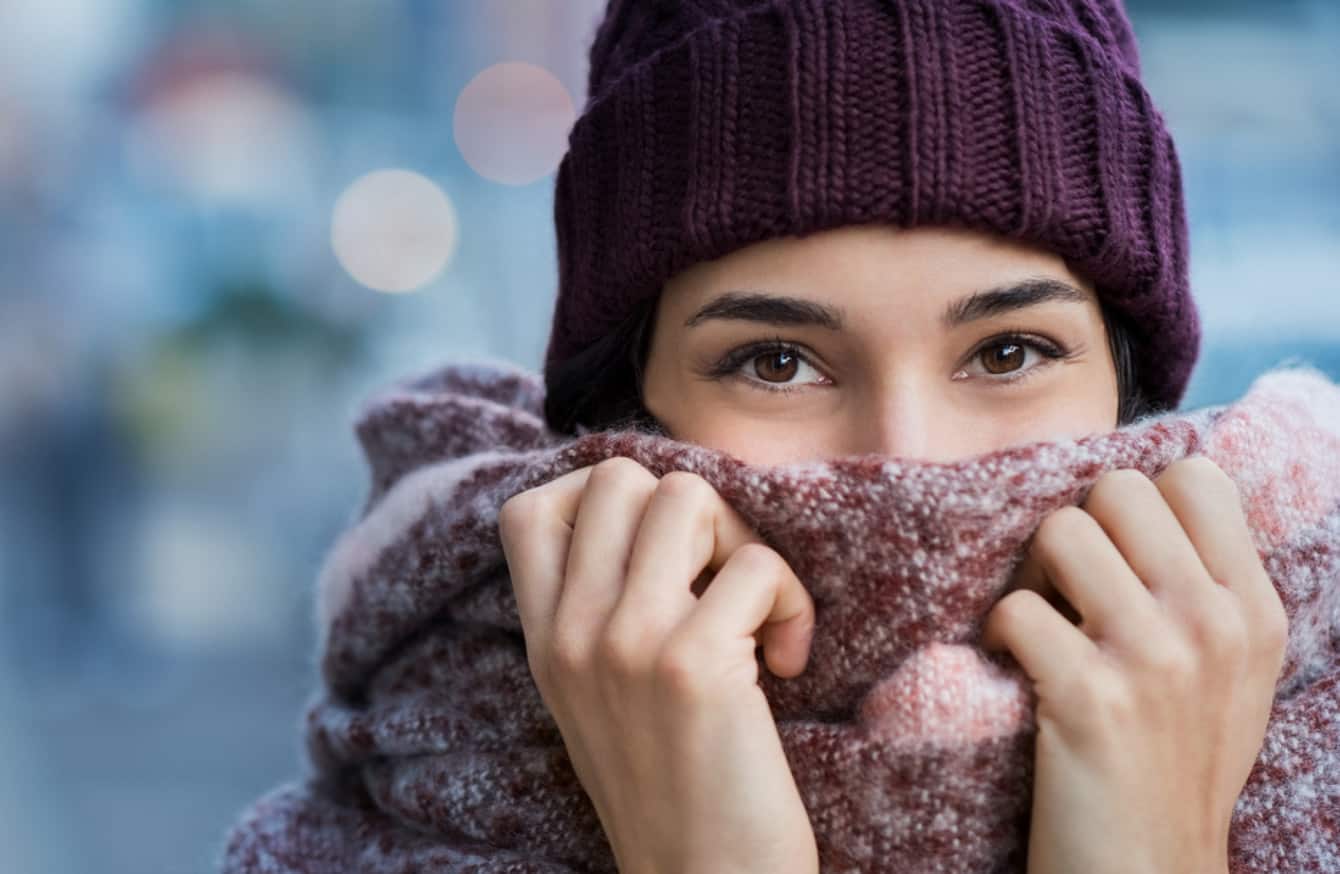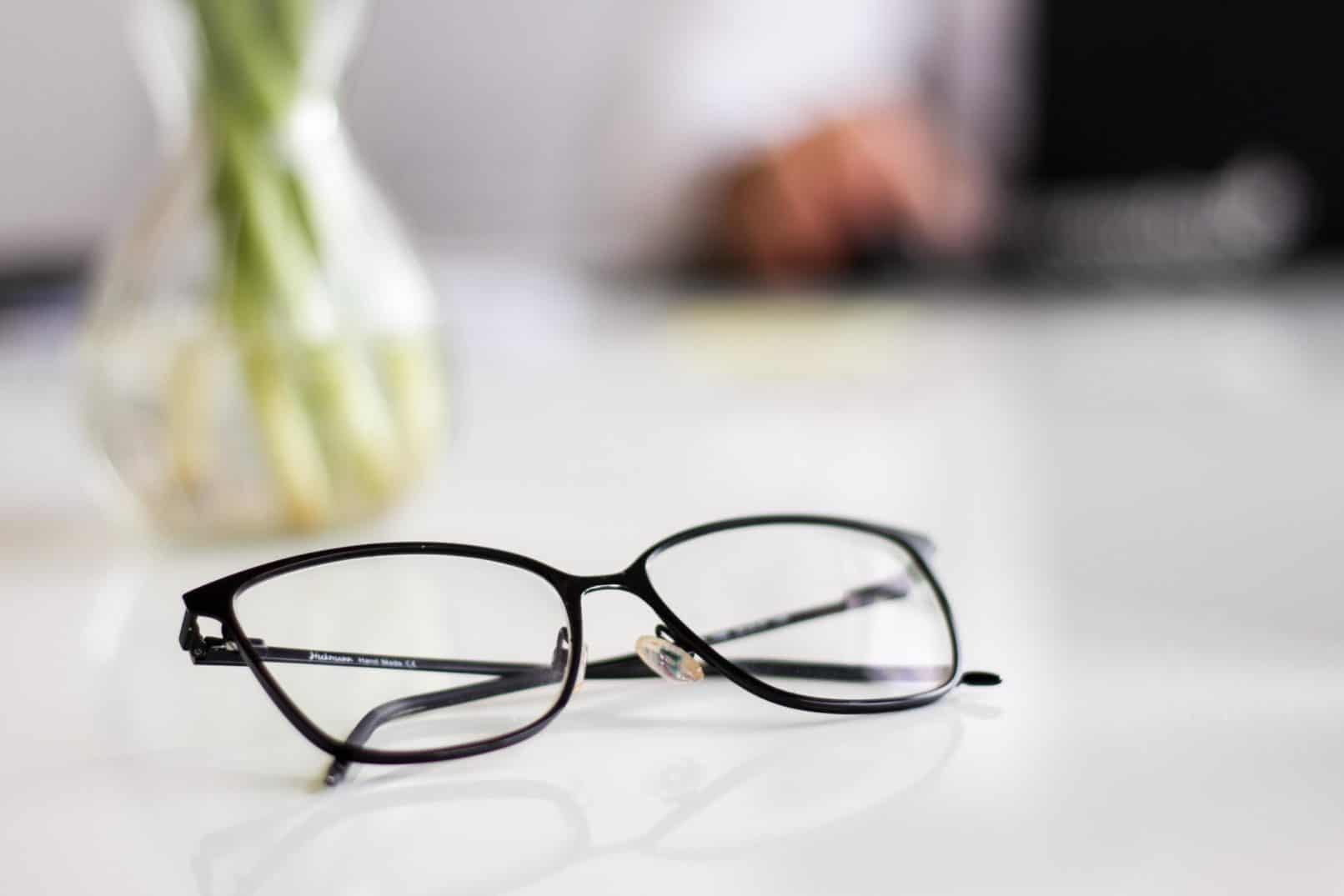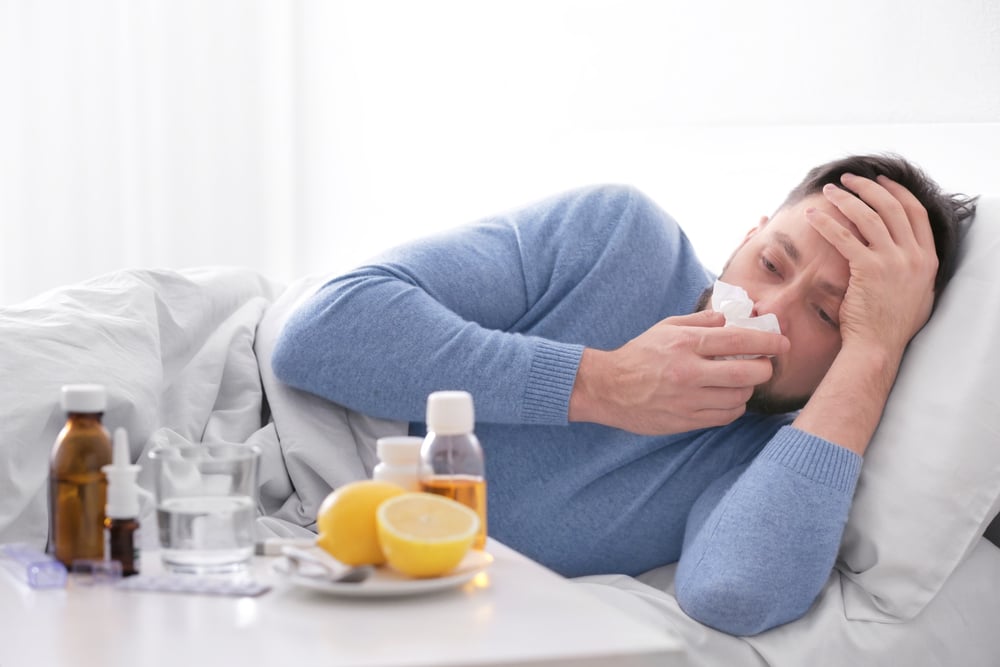Contents:
Medical Video: How to Manage Knee Pain: Dr. Natalie Voskanian
Exercise is good for your health - training the heart and helping to lose weight, as well as a myriad of other goodness. But on the other hand, regular exercise comes with the risk of certain injuries. And when it comes to talking about sports injuries, knee pain is one of the most common complaints.
You rely on your knees to support every body movement during exercise. Knee joints are very susceptible to injury and pain because the knee often supports all body weight and other extra burdens when you run or jump. When you experience knee pain after exercising, you might suspect that something might be wrong with your body.
Causes of knee pain after exercise
In addition to chronic medical conditions such as gout, rheumatism and osteoporosis, common causes of knee pain after exercise include:
1. Overuse (tendonitis)
Sudden pain in one knee is usually the result of too much / forcing the knee to work hard. When the tendon around the knee is irritated and inflamed from prolonged and repeated use, the knee will start to hurt. Pain usually worsens when walking down a ladder or a downward sloping surface. Besides the pain around the knee area, your knee may also become swollen, red, and feel warm. Other signs: Pain in the knee will increase when you move or flex your knee.
In many cases of tendonitis, you don't need to visit a doctor. The pain can be relieved by rest, ice packs, and painkillers (such as ibuprofen) at home.
2. Poor posture
Poor posture during physical activity can cause injury, both acute and chronic. Your knee is a stable joint between dynamic joints - hips and legs - which serves to dampen every impact every time you step. From walking, lifting tight weights, to endurance sports, perfect posture is the key to avoiding stress and tension in the knee joints.
READ ALSO: 5 Tips for Running Faster and Not Easily Tired
If you don't usually experience knee pain but start complaining about it recently, check and check your posture during exercise. For example, the knee should not enter in when you do lunges or squats. If it's already wet, you can relieve the pain by stretching your knee muscles by sitting on a chair and trying to fold your knees against your chest. Lower and repeat for the other knee. If the pain continues, compress ice, rest, and check your exercise habits.
3. Iliotibial band syndrome (ITB Syndrome)
Knee pain due to iliotibial band syndrome is characterized by pain in the outside area of the knee, around the bulge of the thigh bone, even in the outer thigh to the buttocks area. This pain is often identified as a disease for runners. The soles of the feet are flat or the difference in the length of the right and left legs may also be the cause.
Pain usually arises when running activity starts and gets worse when running activity continues. Pain will decrease if you stop running, but it arises again when you start running activities. If not treated properly, ITB syndrome can cause meniscus tears, which can require correction surgery.
READ ALSO: 6 Most Running Injuries Occur
RICE methods (rest / rest, ice compress / ice, compression / lift, and lift / elevation) and pain relievers such as ibuprofen are effective for rehabilitating this injury. If you suspect a tear, you may need to visit a doctor to determine if you need an MRI. MRI will not only ensure there is a tear but also tells you whether the injury needs to be treated conservatively or not. You need to avoid the type of movement that requires knee extension after an injury because such movements can further exacerbate stress in the damaged joint.
4. Sprains or sprains
If knee pain is present after you have physical activity that is heavier than usual; change sudden speed or direction, fall down at a disadvantage; or collide with a hard object or other person, maybe the result of a sprained or dislocated knee. Strict or sprained muscle means tightening stretches by force. After weakening, the muscle ligament does not return to its normal shape and structure. This makes the knee muscles unstable - but not permanently damaged.
Signs of muscle sprains or dislocations include pain around the affected joint, at rest or during use; inability to use normal joints or accumulate weight on it; weakness and loss of some or all of the functions in the problematic muscle; and muscle spasms, when the muscles tighten very tightly and feel pain.
READ ALSO: First Aid for Sprains and Sprains
To deal with knee pain due to castration or sprains, the RICE method (rest / ice, ice / ice compression, compression / lift and elevation) and pain relievers such as ibuprofen are effective home remedies. Knee casts can also help during the recovery process.
5. Other causes
Knee pain can also be caused by a direct impact on the knee, flat feet, weak quadriceps muscle, and various other factors. Injuries that cause significant damage to the knee joint can cause bleeding into the joint space, known as haemarthrosis. Haemarthrosis occurs when the knee tendon / ligament is torn or if there is a broken bone in one knee.
Ligaments are hard-band tissue that connects bones to the knee joint; tendons connect muscles to bones. You can tear this tissue during extreme running sports such as rugby or soccer. If you suffer from a ligament injury, such as an ACL tear, swelling can expand and cause further dysfunction.
READ ALSO: Excessive Body Weight Makes Your Body Older 10 Years
If you experience knee pain, the best thing you can do is consult an orthopedic specialist, and remember that if you exercise regularly for a long time, a week of workout breaks and rest may be the best first aid you can make for all your complaints.

